We have all heard about the robot Sophia. “A genius machine with the ability to evolve over time, with intelligence that continuously increases…”, as claimed by its developers. Designed to provide real-time responses, Sophia has sparked controversy on numerous occasions, even frightening many when it threatened to destroy humanity. At one point, “she” even demanded the right to become a “mother.” Many believe that Sophia is a testament to how technology can advance to the point of creating artificial intelligence that surpasses human intellect and control.
However, like Sophia and all other robots, they must operate based on the programming of their creators. A new product from MIT (USA), named Cheetah mini, seems to have transcended those limits. It can learn, draw experiences to find the best way to run, and adapt to different terrains without relying on human analysis.
The Cheetah mini robot is an improved version of its sibling Cheetah, which was launched in 2012 and could achieve a maximum speed of 45.5 km/h. However, Cheetah mini, with the support of an AI system, can become more agile thanks to its ability to self-learn without the need for experimentation.
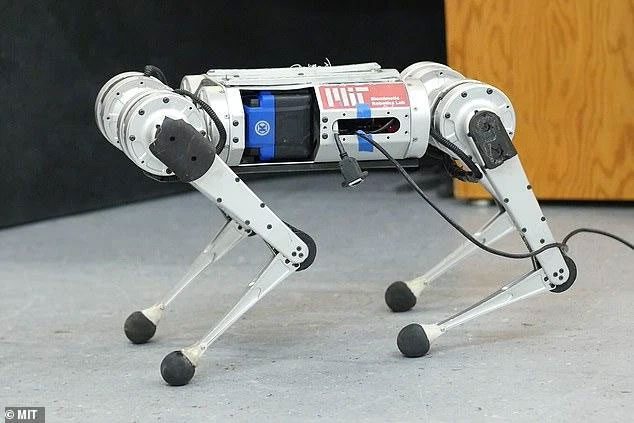
Running on all terrains at high speeds, this four-legged “robot cheetah” is sure to catch you off guard.
In a newly released video, one can see this four-legged robot crashing into barriers and getting back up, running over obstacles, moving with one leg inoperative, and adapting to slippery, icy terrains as well as rocky hills. Its high adaptability is due to a simple neural network that can evaluate real-world situations.
Typically, a robot’s movement is controlled by a system that uses data based on the analysis of how mechanical limbs move, creating models that serve as guides. However, these models often prove ineffective and inadequate because they cannot anticipate all possible real-world scenarios.
When the robot is running at its highest speed, its hardware limitations make it very difficult for the system to build models, resulting in challenges in quickly adapting to sudden changes in the environment. To address this, instead of relying on pre-analyzed designs, the MIT development team chose to build a robot capable of self-learning through experience.
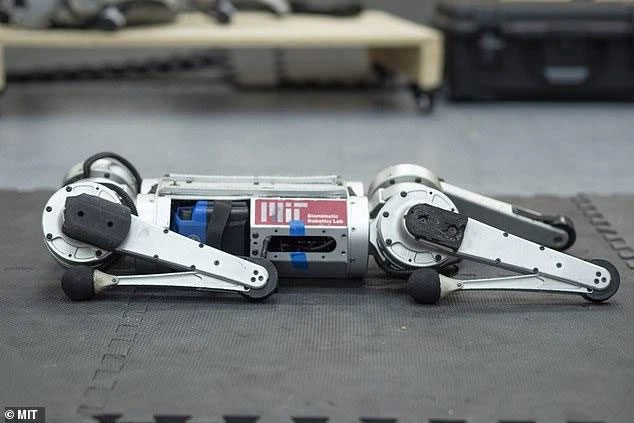
The Cheetah mini robot is an improved version of its sibling Cheetah launched in 2012.
Specifically, it will learn, test, and draw experiences when it makes mistakes without human intervention. If it accumulates enough experience with different terrains, it can autonomously change its movement to improve its behavior. This experience does not even need to occur in the real world. According to the research team, by using simulation, Cheetah mini can accumulate 100 days of experience in just three hours while standing still.
“We have developed an approach that allows the robot’s behavior to improve from simulated experiences. Our approach enables the successful deployment of learned behaviors in the real world,” the research team stated. “In all the environments it sees in this simulation, when operating in the real world, the controller will identify and execute relevant skills in real-time.”
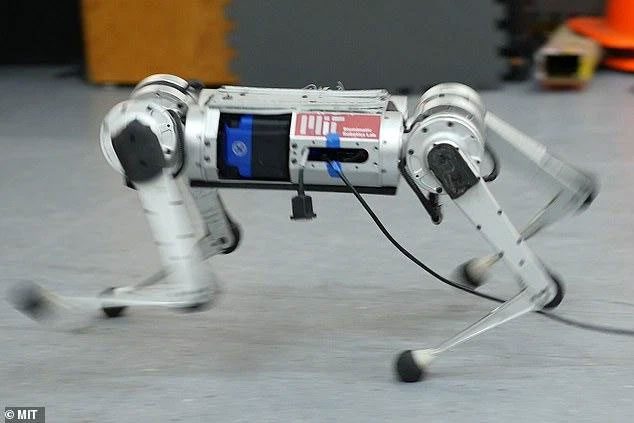
Breaking records.
The previous speed record was set by the Biologically Inspired Robotics Lab at MIT in 2019, when a robot achieved a maximum running speed of 3.7 m/s. The new Cheetah mini robot has surpassed this with a speed of over 3.9 m/s (equivalent to 14.04 km/h).
“A more practical way to build a robot with diverse skills is to tell the robot what to do and let it figure out how to do it,” the research team noted. “Our system is an example of this. In the lab, we have started applying this model to other robotic systems, including hands that can grasp and manipulate various objects.”
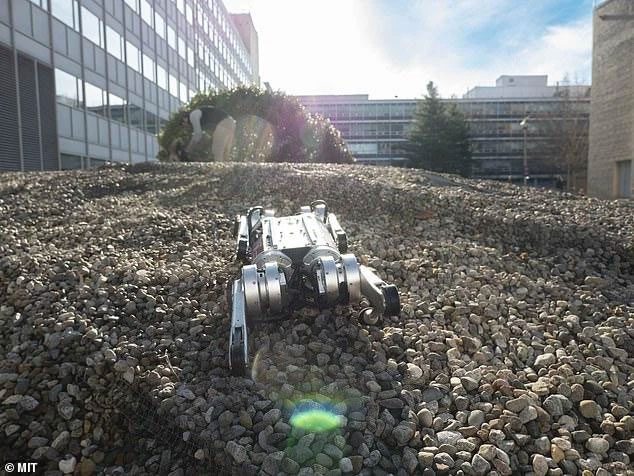
MIT researchers explain that it is quite challenging to program a robot to run on rough terrain.
However, with a system like this, they assert that it is possible to scale the technology, something traditional models cannot achieve.
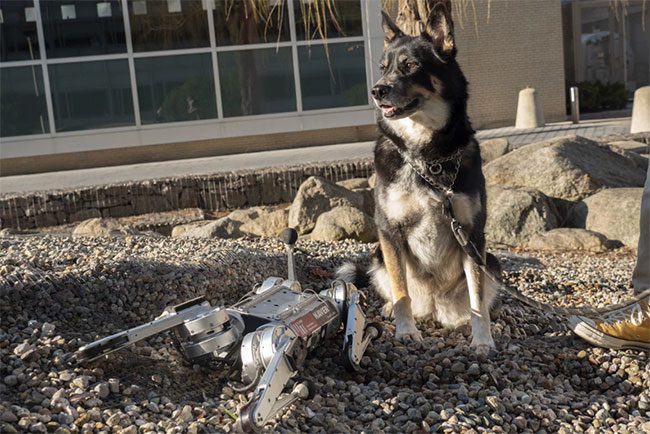
Cheetah mini Robot (left) and a real dog (right).
This research outcome, along with other studies of animal-inspired robots, will benefit both the fields of biology and robotics. Besides providing new knowledge, if robots can replace animals in the future, they will give many scientists the opportunity to study animal locomotion mechanisms under various experimental conditions. Identifying the structure of robots that closely resembles that of animals will lead to the development of fundamental technologies for creating robots capable of moving and maneuvering as effectively as animals.


















































